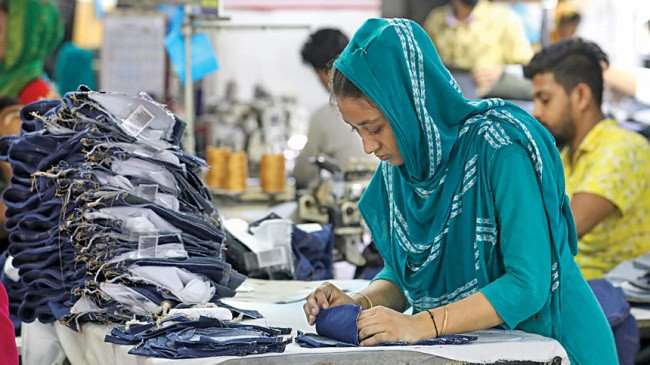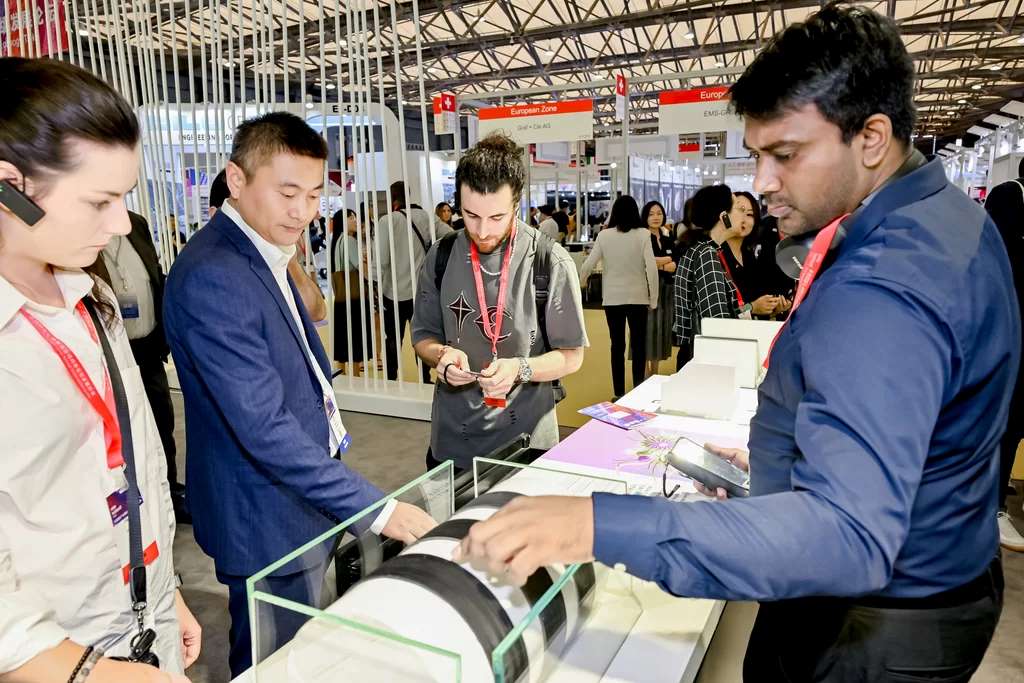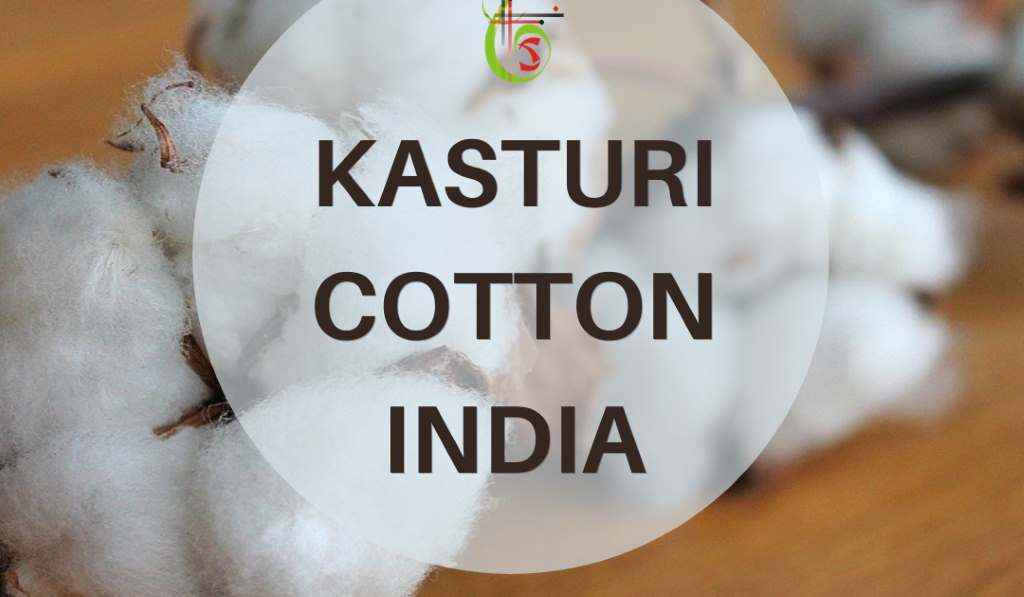FW
The readymade garment (RMG) sector in Bangladesh, its largest export-earning industry, has registered Tk 4.50 billion loss due to the last seven days of blockade. Following this, apparel makers in the country, have appealed to all political parties to save the sector from further damage. They have appealed to keep the readymade garment sector and its linkages outside the purview of political activities for smoother supply of import and export.
Addressing a press conference, Md Atiqul Islam, President of Bangladesh Garment Manufacturers and Exporters Association (BGMEA) has said that it was the sector’s earnest request to all the political parties to save the garment industry from any further damage as the destructive political programs are taking a heavy toll on the economy as a whole. BGMEA chief also sought a clear directive from political parties in this regard.
Only two days after the FBCCI’s request to shun negative political programs, the BGMEA’s call has come. The Bangladesh Knitwear Manufacturers and Exporters Association (BKMEA) has also made a similar appeal. Due to the ongoing political impasse, the garment industry is in a serious image crisis. Buyers are not coming to negotiate new orders with the onset of the new season.
Apparel exports had just started bouncing back of late but the unstable political situation has created panic among global buyers. A single day’s hartal or blockade hampers apparel exports worth Tk 6.95 billion and production worth Tk 2.15 billion, Islam claimed. If necessary, BGMEA leaders will meet BNP leader Begum Khaleda Zia, he added.
Maria Klahn, owner of the Selvedge Online GmbH and Burg & Schild buyer Jorg Shane Brandenburg have teamed up with Andreas Becker, co-owner of the Circus GbR which operates the circus hostel, hotel and apartments in Berlin, to create the concept for ‘Selvedge Run’ which will make its debut at Berlin fashion trade shows from July 7-9, 2015.
The new trade show is slated for summer 2015 and is aimed at heritage-conscious men’s clothing, denim goods, boots and accessories. Jörg Shane Brandenburg explains that the show wants to assist the other Berlin trade shows, by installing (boat) shuttles to Seek and Premium as the organizers are already finalizing a renting contract for an industrial-style location close to the river Spree, which shall house 30-40 brands on 1,200 sq. mtr. outside spaces.
As per Brandenburg, when Karl-Heinz Müller revealed his plans to move his trade show Bread & Butter to Barcelona the idea to initiate the new trade show in Berlin for authentic, quality-conscious brands with a handicraft-spirit, arose in summer 2014 in his mind. He wanted to close the gap that had arisen in Berlin for the related segment brands and had already experienced a great feedback. In Selvedge Run, focus will be on work offering a good price-performance ratio to make it attractive also to US and Japanese brands to exhibit here.
Red Wing, Tanner Goods, Stetson, Filson, The Real McCoy’s and many other smaller handicraft labels are expected to exhibit their products in the Selvedge Run. An evening event will be hosted by the organizers of Selvedge Run in Berlin on January 20 for invited brands, buyers and press to reveal more information about the show.
Cambodia's $5.5-billion garment industry witnessed a significant decrease in the numbers of the strikes and lost work days as compared to 2013, reveal latest industry figures. The Garment Manufacturers Association in Cambodia (GMAC), which represents the sector’s more than 500 export factories, collected these figures after unprecedented number of strikes in 2013 in Cambodia’s crucial but volatile garment sector. As per GMAC’s latest stats, the number of strikes fell by more than 25 per cent, from 147 in 2013 to 108 in 2014. The number of lost work days fell even more, from 8,89,000 to 5,13,000, a decrease of 40 per cent. These figures exclude the 15 days nation-wide strikes that brought much of the industry to a halt in late December 2013 and early January 2014.
GMAC chairman Van Sou Ieng points out that 15 days were not included because the association considered them to be political events rather than industrial actions. He blamed the peak in strikes and lost working days in 2013 on the opposition CNRP, which he accused of whipping up discontent among garment workers for votes in an election year.
The CNRP had promised higher wages to garment workers if elected to power. After the strikes, the negotiations between the unions, factories and government for yet another boost to the minimum wage helped to defuse tensions and bring the number of strikes down, believes Sou Leng. Agreeing with Leng’s views, Ath Thorn, president of the Coalition of Cambodian Apparel Workers’ Democratic Union, and one of the leaders of the Dec. 2013 strikes, said that the elections had helped fuel a rise in strikes in 2013.
Both, Thorn and Sou Leng, are clear about the idea that the drop should help revive confidence in Cambodia that international brands lost in 2013.
With a view to provide all necessary facilities to textile and garments sector under one roof, Punjab government in Pakistan is setting up a state-of-the-art and the most modern project of its kind ‘Quaid-i-Azam Apparel Park’ near Motorway.
Muhammad Shahbaz Sharif, Punjab Chief Minister, has said that the project will increase exports which will strengthen the national economy as well as generate job opportunities. Presiding over a high-level meeting to review the project, he approved the handing over of management and development work of the park project to Punjab Industrial Estate Development and Management Company.
Sharif further point out that Pakistan is an agrarian country and the goal of progress and prosperity could be achieved through development of agro-based industry. Adding that GSP Plus status has resulted in boosting the country’s exports, he stressed on the need to accelerate the process of industrialization. Quaid-i-Azam Apparel Park would be an example of speedy execution. Nearly 200 acres of land has been allocated for a labour colony in the park while construction of link road has been started.
Political unrest is making Bangladesh's readymade garment exporters worried. They fear losing orders. International buyers usually place most of their orders at this part of the year. A country-wide blockade has been launched by the opposition party. Exporters feel such a blockade will disrupt supply chain of imported raw materials and hamper production and cause shipment delays.
Because of the turmoil, workers have not been able to readymade garment factories, especially those located in the capital. Political unrest led buyers to cancel orders worth in 21 days of December 2013. Several factory owners have urged the ruling party as well as other political parties to shun confrontational politics to let the economy grow at the desired rate needed for becoming a middle income country by 2021.
In the meanwhile a decision has been taken to transport outbound readymade garment products to Chittagong port under police escort during the countrywide blockade to ensure timely shipment, and to bring raw materials from the port city. At one time, before the blockade, the increasing numbers of international orders, boosted by ebbing worries on regulatory incompliance and a stable political front, promised a rewarding 2015 for garment makers.
But now hopes are dimming again. Other challenges facing the industry are an inadequate supply of gas and power and poor infrastructure.
Futex 2015 will take place in France, January 21 to 22, 2015. This is a convention on European technical textiles. It brings together technical managers, CEOs, R&D managers, sales managers, engineers, research scientists, heads of department, professors and purchase managers.
It will discuss the means of managing, producing, harvesting, transferring, and storing energy through textile materials. Textile chemistry, new fibers, textile constructions, combinations of textile and non-textile technologies will be offered as innovative perspectives to transport or store these energies. Leading figures of the energy sector and key players in the textile industry will meet to discuss these issues, find solutions and discover the latest innovations.
It’s held every two years. Since 2005, Futex has been a major meeting point for the European technical textile sector with an ever-growing attendance. The event will have 220 participants, representing more than 10 countries. Futex presents a showcase of what currently exists in a theme chosen by the organizing committee representing all figures in the textile industry. The event will include conferences, booths for manufacturers and partners, exhibitions, workshops on innovation and a competition for students. <br/>
Participants can explore three ways to carry out the development of an innovative product. These workshops will be held at a center dedicated to the development of added value in textile products.
www.clubtex.com/en/news/futex.php
American cotton producers will reduce cotton acreage by more than 10 per cent in the 2015 growing season. The main reason is fluctuating cotton prices. Water and prices will be the main driving factors in determining acreage across Texas. Arizona, New Mexico and California may plant not more than 3,62,000 cotton acres combined in 2015, enough to account for little more than three per cent of the national total.
The US is the third largest producer of cotton. China is the largest producer but uses most of its production at home. Texas is the leading cotton-producing state in the US. About two thirds of the harvested crop is composed of the seed, which is crushed to separate its three products–oil, meal and hulls. Cotton seed oil is a common component of many food items, used primarily as a cooking oil, shortening and salad dressing. The oil is used extensively in the preparation of such snack foods as crackers, cookies and chips. The meal and hulls are used as livestock, poultry and fish feed and as fertilizer.
Cotton is grown in 17 states stretching across the southern half of the United States. It is produced on about 18,600 farms in the country. Planting begins as early as February 1 in South Texas and as late as June 1 in northern areas of the cotton belt.
About 99 per cent of the US upland crop is planted in transgenic varieties –genetically engineered varieties resistant to worms, herbicides, or both.
The Cotton Corporation of India will start selling cotton from January 15, 2015.CCI is mandated to procure cotton at the minimum support price. It has so far purchased 40 lakh bales and plans to offload 10,000 bales every day and measures would be taken to ensure there is no fluctuation in prices.
The corporation has so far purchased 70 to 80 per cent of the arrivals in southern states and 10 to 15 per cent in Gujarat and Maharashtra. Traders are active in these two states, and are purchasing cotton at more than the minimum support price. Total purchases by the corporation in the season October 2014 to September 2015 at minimum support price are expected to go up to 100 lakh bales.
Arrivals have picked up, and over two lakh bales of cotton are arriving in the market every day. Though there are no quality issues, export demand is almost nil and domestic mills are buying only limited stocks. CCI extends marketing support to cotton growers in selling their produce at competitive prices in various market yards in all cotton growing states through intervention – beginning from day one of the arrivals till the end of season. Procurement operations are spread over more than 225 market yards in the country.
cotcorp.gov.in/
The European Commission has started consultation process for the revision of its Green Public Procurement (GPP) criteria for textiles. The main purpose of the new process is to evaluate current GPP criteria and determine whether it is still relevant and what needs to be revised, restructured or removed based on the EU Ecolabel textile criteria from June 2014. Ecolabel is a voluntary performance certificate awarded to products and services assessed from creation to use and disposal, and determined to be eco-friendly.
Following this, the EC has turned its attention to updating its GPP criteria for textiles, which was last published in early 2012. The revision of the criteria addresses key environmental impacts. The two main focus areas for environmental improvement were origin of the textile fiber and chemicals used in textile production.
The EC feels the need to focus on specific products including work wear, emergency services, and healthcare along with the need to identify specific GPP related products and end-uses such as for work wear cleaning services or decoration.
As for chemical management, the EC elaborates that this would mean the implementation of a chemical restricted substance list, including communication of the list to dyeing, printing and finishing sites, monitoring of the compliance of production sites and monitoring of the compliance of final products, including laboratory testing.
Bangladesh garment exports last year rose 5.78 per cent year-on-year. Reason: Retailers are increasingly willing to shift orders from China. The latest numbers come as a boost for the sector, which in the past couple of years has been subject to a degree of backlash over its working conditions and labor rights following the twin disasters of Tazreen fire and Rana Plaza and subsequently some order diversions.
However, the recent clean chit given to more than 98 per cent of garment factories by two foreign inspection agencies, Alliance and Accord has reassured buyers, who are placing orders in bulk once again with confidence. Overall exports grew 4.33 per cent in December. Some $24.6 billion worth of garment products were exported in 2014 in contrast to $23.5 billion the year before. Garment exporters hope to enjoy the benefit of improved safety measures in 2015.
However, the re-emergence of political turmoil does not bode well for the sector. Factories need raw materials from home and abroad and supply is being cut off due to blockade. Shipments too are affected. Also, many small and medium factories, housed in shared buildings, are struggling for orders due to retailers’ new improved criteria for workplace safety.












